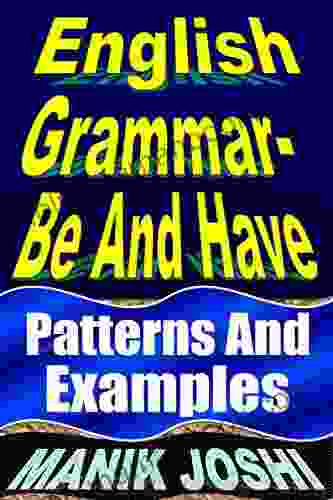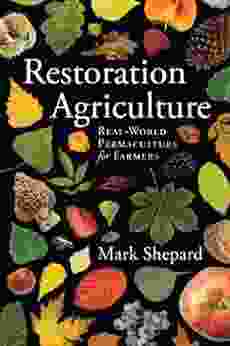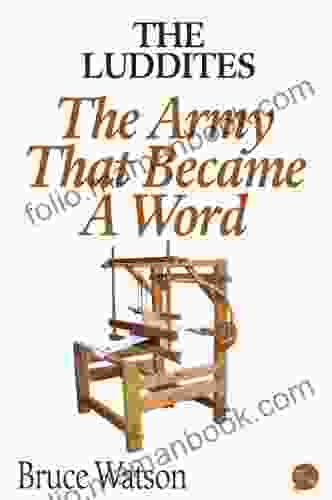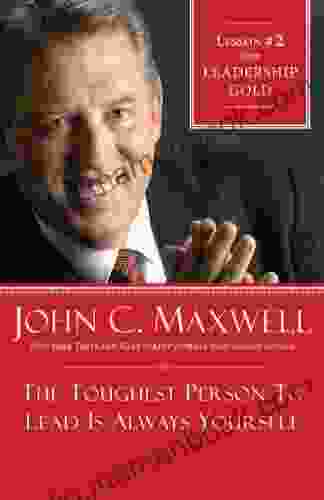A Comprehensive Guide to English Grammar: Be and Have

5 out of 5
| Language | : | English |
| File size | : | 1201 KB |
| Text-to-Speech | : | Enabled |
| Screen Reader | : | Supported |
| Enhanced typesetting | : | Enabled |
| Word Wise | : | Enabled |
| Print length | : | 77 pages |
Verbs are the workhorses of a language, and English is no exception. Two of the most important and versatile verbs in English are "be" and "have." These verbs can be used in a wide variety of ways, from expressing existence to indicating possession.
In this guide, we will take an in-depth look at the verbs "be" and "have." We will explore their different forms, functions, and usage in various contexts. By the end of this guide, you will have a comprehensive understanding of these essential verbs.
The Verb "Be"
The verb "be" is one of the most common verbs in English. It can be used in a variety of ways, including:
- To express existence
- To indicate a state of being
- To describe a characteristic or quality
- To indicate location
- To form the passive voice
The verb "be" has three main forms:
- Present tense: am, is, are
- Past tense: was, were
- Future tense: will be
The present tense of "be" is used to express something that is true in the present moment. For example:
I am a student.
The weather is nice today.
The past tense of "be" is used to express something that was true in the past. For example:
I was a student last year.
The weather was bad yesterday.
The future tense of "be" is used to express something that will be true in the future. For example:
I will be a doctor someday.
The weather will be sunny tomorrow.
In addition to its three main forms, the verb "be" also has a number of other forms, including the progressive tense, the perfect tense, and the passive voice. These forms are used to express different aspects of time and meaning.
The Verb "Have"
The verb "have" is another common verb in English. It can be used in a variety of ways, including:
- To indicate possession
- To express an obligation or necessity
- To describe an experience
- To form the present perfect tense
The verb "have" has two main forms:
- Present tense: have, has
- Past tense: had
The present tense of "have" is used to express something that is true in the present moment. For example:
I have a car.
She has a lot of money.
The past tense of "have" is used to express something that was true in the past. For example:
I had a car last year.
She had a lot of money yesterday.
In addition to its two main forms, the verb "have" also has a number of other forms, including the progressive tense, the perfect tense, and the passive voice. These forms are used to express different aspects of time and meaning.
Using "Be" and "Have" Together
The verbs "be" and "have" can be used together to form a variety of compound verbs. These compound verbs have a variety of meanings, including:
- To express a state of being
- To indicate possession
- To describe an experience
- To form the present perfect tense
Here are a few examples of compound verbs formed with "be" and "have":
- Be happy
- Have a car
- Have a good time
- Have been to Paris
Compound verbs are used in a variety of contexts. For example, the compound verb "be happy" can be used to describe a state of mind. The compound verb "have a car" can be used to indicate possession. The compound verb "have a good time" can be used to describe an experience. And the compound verb "have been to Paris" can be used to indicate that someone has visited Paris.
The verbs "be" and "have" are two of the most important and versatile verbs in English. They can be used in a wide variety of ways to express a variety of meanings. By understanding the different forms and functions of these verbs, you can improve your English grammar and communication skills.
5 out of 5
| Language | : | English |
| File size | : | 1201 KB |
| Text-to-Speech | : | Enabled |
| Screen Reader | : | Supported |
| Enhanced typesetting | : | Enabled |
| Word Wise | : | Enabled |
| Print length | : | 77 pages |
Do you want to contribute by writing guest posts on this blog?
Please contact us and send us a resume of previous articles that you have written.
 Top Book
Top Book Novel
Novel Fiction
Fiction Nonfiction
Nonfiction Literature
Literature Paperback
Paperback Hardcover
Hardcover E-book
E-book Audiobook
Audiobook Bestseller
Bestseller Classic
Classic Mystery
Mystery Thriller
Thriller Romance
Romance Fantasy
Fantasy Science Fiction
Science Fiction Biography
Biography Memoir
Memoir Autobiography
Autobiography Poetry
Poetry Drama
Drama Historical Fiction
Historical Fiction Self-help
Self-help Young Adult
Young Adult Childrens Books
Childrens Books Graphic Novel
Graphic Novel Anthology
Anthology Series
Series Encyclopedia
Encyclopedia Reference
Reference Guidebook
Guidebook Textbook
Textbook Workbook
Workbook Journal
Journal Diary
Diary Manuscript
Manuscript Folio
Folio Pulp Fiction
Pulp Fiction Short Stories
Short Stories Fairy Tales
Fairy Tales Fables
Fables Mythology
Mythology Philosophy
Philosophy Religion
Religion Spirituality
Spirituality Essays
Essays Critique
Critique Commentary
Commentary Glossary
Glossary Bibliography
Bibliography Index
Index Table of Contents
Table of Contents Preface
Preface Introduction
Introduction Foreword
Foreword Afterword
Afterword Appendices
Appendices Annotations
Annotations Footnotes
Footnotes Epilogue
Epilogue Prologue
Prologue Viktor E Frankl
Viktor E Frankl George C Daughan
George C Daughan Horace
Horace Kristina Turner
Kristina Turner David S Brody
David S Brody Travel On The Dollar
Travel On The Dollar Shan Wee
Shan Wee Sara Bushway
Sara Bushway David L Nelson
David L Nelson George Orwell
George Orwell Leighann Stanczyk
Leighann Stanczyk Bob Woodward
Bob Woodward Alan Dean Foster
Alan Dean Foster Jesse Q Sutanto
Jesse Q Sutanto Indirah Ambrose
Indirah Ambrose Arthur Byrd
Arthur Byrd Kathy Kay
Kathy Kay Nina Sattler Hovdar
Nina Sattler Hovdar Arthur Joseph Jr
Arthur Joseph Jr Mark Shepard
Mark Shepard
Light bulbAdvertise smarter! Our strategic ad space ensures maximum exposure. Reserve your spot today!
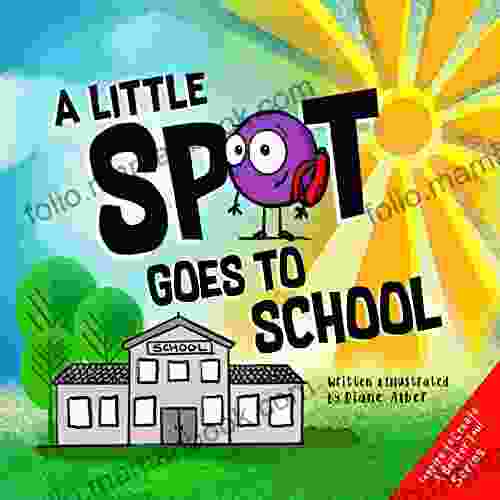
 Jarrett BlairLittle Spot Goes to School: A Heartwarming Journey of a Curious Puppy's First...
Jarrett BlairLittle Spot Goes to School: A Heartwarming Journey of a Curious Puppy's First... Chase MorrisFollow ·3.2k
Chase MorrisFollow ·3.2k Milton BellFollow ·8.6k
Milton BellFollow ·8.6k Osamu DazaiFollow ·14.9k
Osamu DazaiFollow ·14.9k Edison MitchellFollow ·9.1k
Edison MitchellFollow ·9.1k Isaac AsimovFollow ·7.8k
Isaac AsimovFollow ·7.8k Brett SimmonsFollow ·5.8k
Brett SimmonsFollow ·5.8k Daniel KnightFollow ·7.5k
Daniel KnightFollow ·7.5k Eric NelsonFollow ·17.3k
Eric NelsonFollow ·17.3k
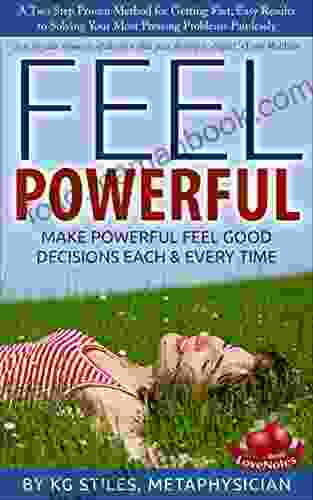
 Dean Cox
Dean CoxHow to Make Decisions Easily & Effortlessly: The...
The Different Types of Decisions There...
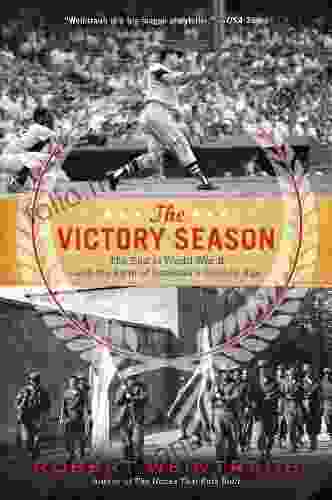
 Gustavo Cox
Gustavo CoxThe End of World War II and the Birth of Baseball's...
The end of...

 Patrick Rothfuss
Patrick RothfussThe Dantes: An 11-Family Saga of Billionaires, Soulmates,...
The Dantes is an epic family saga that follows...
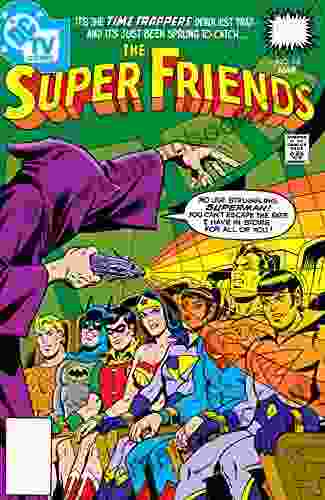
 Dylan Mitchell
Dylan MitchellSuper Friends: The Animated Adventures That Defined a...
In the vibrant landscape of American...
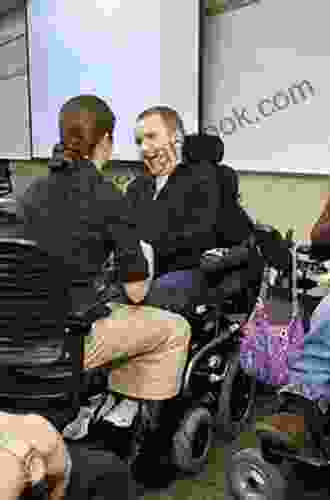
 Jamal Blair
Jamal BlairCollege For Students With Disabilities: We Do Belong
College can be a...
5 out of 5
| Language | : | English |
| File size | : | 1201 KB |
| Text-to-Speech | : | Enabled |
| Screen Reader | : | Supported |
| Enhanced typesetting | : | Enabled |
| Word Wise | : | Enabled |
| Print length | : | 77 pages |


